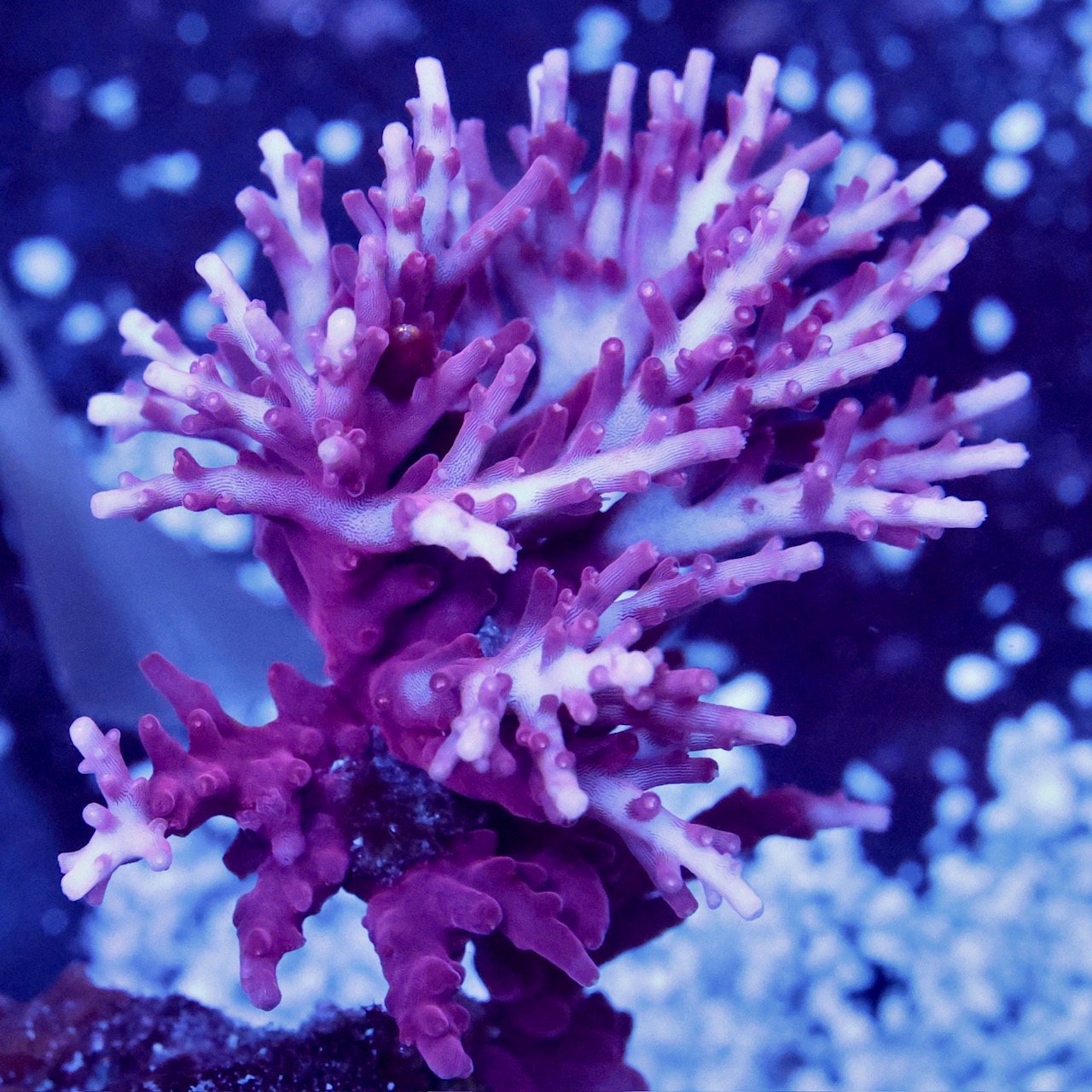I just added Red Dragon to DBTC.
There are 1 frag(s) available right now.

This thread was automatically created by BARcode
There are 1 frag(s) available right now.
This thread was automatically created by BARcode


